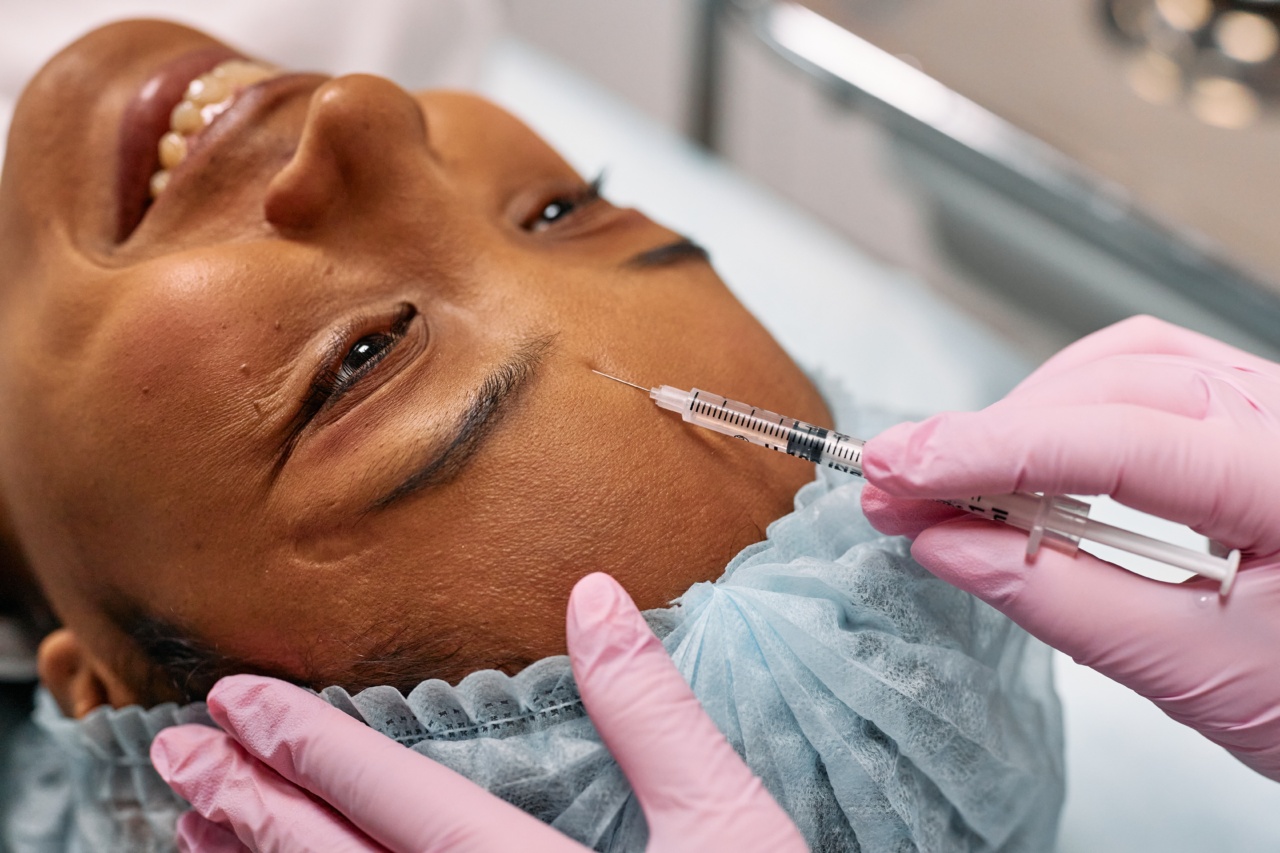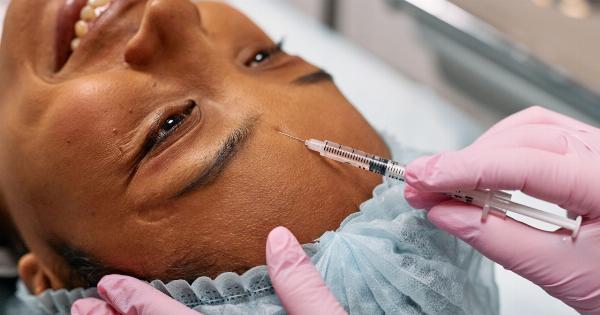Botox injections are a popular procedure used to reduce the appearance of wrinkles and fine lines on the face by temporarily paralyzing certain muscles.
However, while many people see the benefits of these treatments, there are also some serious side effects that people should be aware of before undergoing the procedure.
What is Botox?
Botox is a neurotoxin, produced by the bacterium Clostridium botulinum. It is typically administered to help relax the muscles that cause wrinkles and fine lines, most commonly in the forehead, around the eyes, and between the eyebrows.
The procedure involves injecting small amounts of the toxin into the target muscles, typically with minimal discomfort or pain.
Risks and Side Effects of Botox Injections
Like any medical procedure, Botox injections are not without risks and potential side effects. Most commonly, patients may experience some redness or swelling at the injection site, as well as temporary muscle weakness or drooping in the area treated.
These side effects generally resolve within a few hours or days, depending on the individual.
However, there are also more serious and potentially permanent side effects that can occur with Botox injections. One of the most concerning is the risk of permanent blindness, which can result if the toxin is injected into the wrong area of the face.
Several cases of permanent blindness have been reported in the medical literature over the past few decades, often occurring as a result of injections around the eye area.
How Can Botox Injection Cause Permanent Blindness?
The risk of blindness with Botox injections occurs when the toxin moves away from the injection site and into the bloodstream, potentially causing damage to other parts of the body.
In particular, the toxin can travel to the optic nerve, which is responsible for transmitting visual information from the eye to the brain. When the optic nerve is damaged, it can result in permanent blindness, which is irreversible.
In order to reduce the risk of blindness and other serious side effects, it is important to choose a qualified and experienced practitioner to perform the injections.
Other steps can also be taken to minimize the risk of complications, such as avoiding injecting too close to the eye or using a smaller dose of the medication in areas where the risk of complications is higher.
Stroke and Botox Injections
Another serious potential side effect of Botox injections is the risk of stroke. While this is less common than blindness, it can still occur in some cases.
The risk of stroke is thought to be related to the spread of the toxin in the body, which can lead to blood vessel damage and clotting. In some cases, this can result in a stroke, which can be life-threatening.
Patients who are at higher risk of stroke, such as those with high blood pressure or a history of stroke or heart disease, may need to be more cautious when considering Botox injections.
They should be sure to discuss their medical history with their practitioner before undergoing the procedure.
Other Potential Side Effects of Botox Injections
In addition to blindness and stroke, there are other potential side effects of Botox injections that people should be aware of. These can include:.
- Difficulty breathing or speaking
- Swallowing difficulties
- Muscle weakness or paralysis in other areas of the body
- Headaches or migraines
- Dizziness or fainting
- Allergic reactions
While these side effects are less common than temporary muscle weakness or drooping, they can still be serious and require medical attention.
Conclusion
While Botox injections can provide many benefits for people looking to reduce the appearance of wrinkles and fine lines, there are also serious risks and potential side effects to consider.
Permanent blindness and stroke are two of the most concerning risks associated with the procedure, and patients should be aware of these potential complications before deciding to undergo the injections. Choosing an experienced practitioner and discussing any medical concerns with them in advance can help minimize the risk of complications and ensure the best possible outcome.































